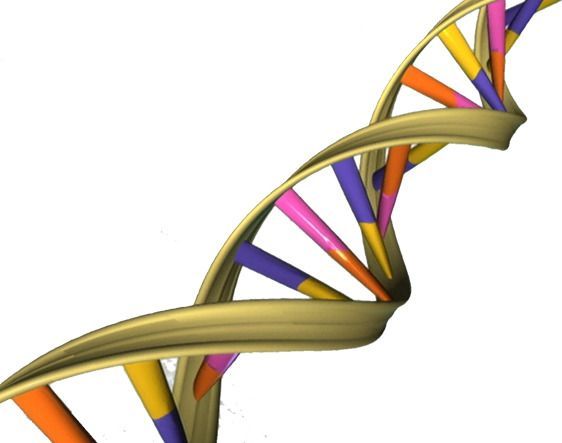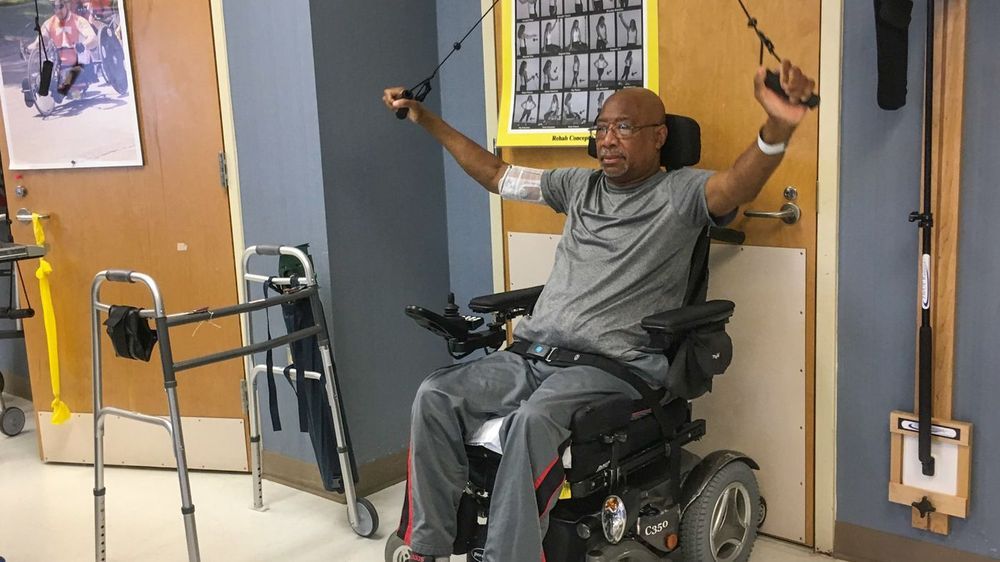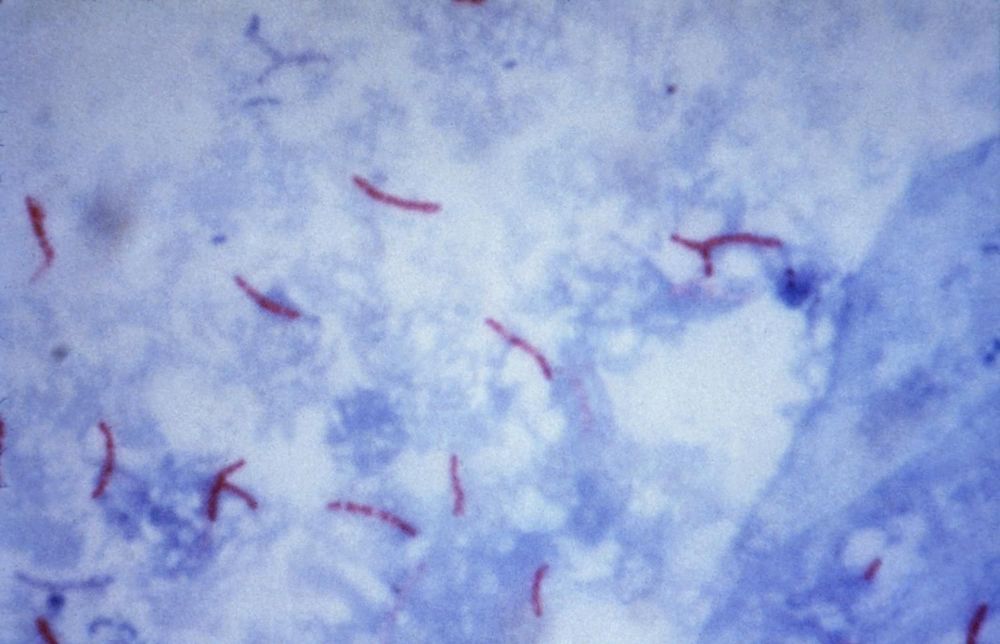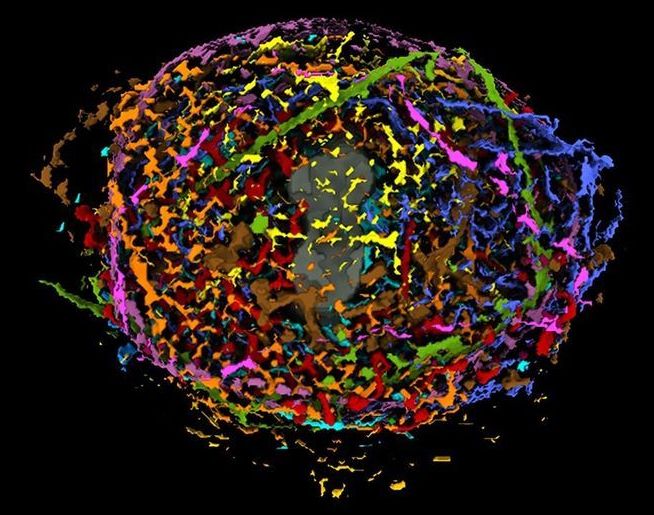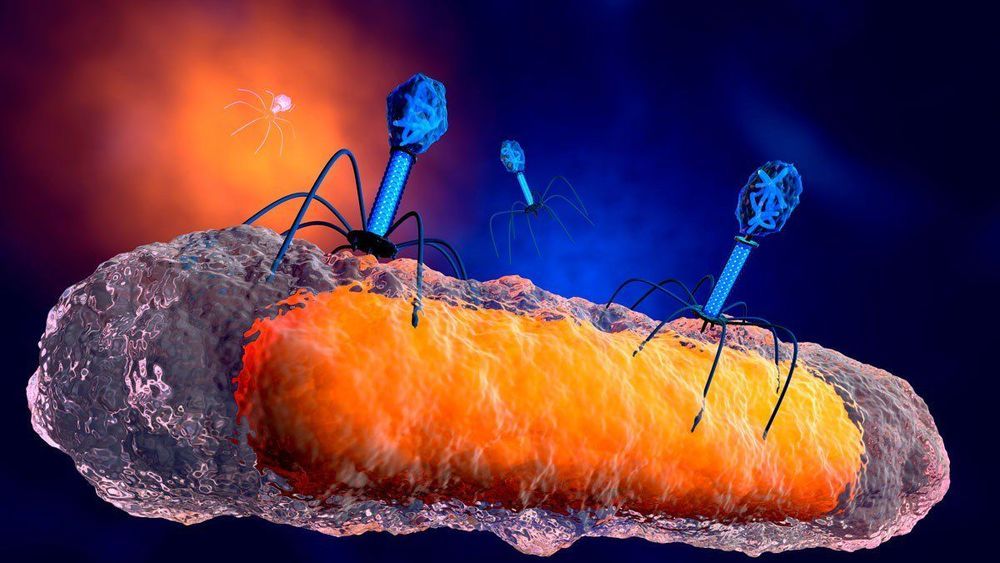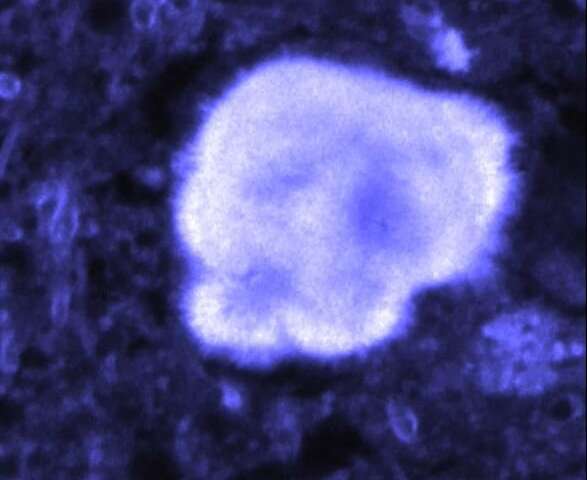An international consortium of scientists has analyzed protein-coding genes from nearly 46,000 people, linking rare DNA alterations to type 2 diabetes. The study, one of the largest known of its type, includes data from people of European, African American, Hispanic/Latino, East Asian, and South Asian ancestries.
From this large cohort—roughly 21,000 individuals with type 2 diabetes and 25,000 healthy controls—the researchers identified four genes with rare variants that affect diabetes risk. The data suggests that hundreds more genes will likely be identified in the future.
These genes and the proteins they encode are potential targets for new medicines, and may guide researchers to better understand and treat disease.
